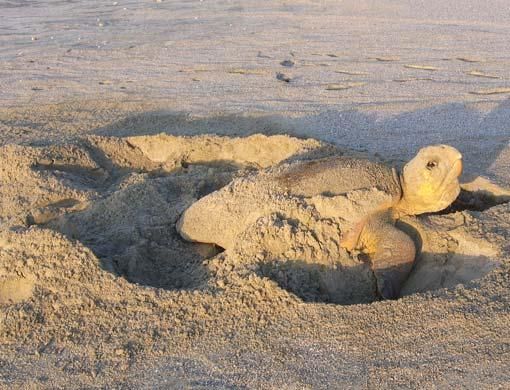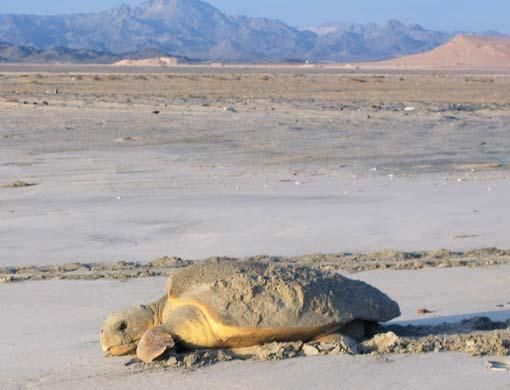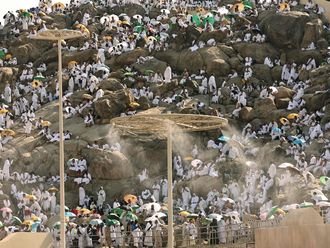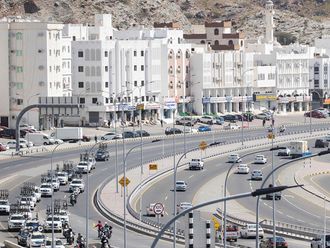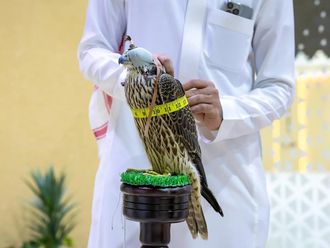Muscat: The adverse impact of Cyclone Gonu on Oman's marine life has emerged with divers discovering damaged coral reef during a survey last week.
"Coral reef in shallow waters at one to six metres depth has been damaged during the storm last month," Ali Al Kiyumi, Director-General of Nature Reserve at the Ministry of Regional Municipality, Environment and Water Resources, told Gulf News yesterday.
Al Kiyumi said that coral reefs are damaged near Oman's turtle nesting site Ras Al Hadd in the east and around Muscat at Mina Al Fahal and Daymaniyat Islands Nature Reserve, which is a group of nine uninhabited islands with 17 diving sites.
The islands and surrounding coral reefs, which has put the Sultanate on world diving map, are designated as National Nature Reserve and access to the islands is controlled.
Long recovery period
"It is a natural phenomenon and eventually the corals will regenerate," Al Kiyumi said optimistically but added that it takes a long time for corals to grow.
The coral colonies in the deeper waters are intact and the storm only damaged corals in shallow waters, he pointed out.
"Divers can still enjoy the beauty of corals in Oman," Al Kiyumi assured.
The tropical cyclone first hit Oman at Ras Al Hadd before wreaking damage in Muscat and the northern parts of the country in Batinah, including Daymaniyat Islands Nature Reserve.
Water logging, Al Kiyumi said, due to cyclone caused some damage to the guest houses that accommodates tourists at Ral Al Hadd turtle beach.
"Besides the huge amount of debris, half of the beach was also washed away during the first two days of the tropical cyclone," he revealed but added that after the prompt beach clean-up exercise, more female turtles have returned to the beach for nesting.
"We usually get 10,000 to 12,000 endangered female Green Turtles during a season from July to August end but this time there are more than 13,000 turtles," he enthused.
The environmentalist believes that the beach area is big enough, despite the damage, to accommodate the larger number of turtles.
Restricted tourism
"We also restrict the number of visitors to the site to 80 therefore there's no need for alarm," he reckoned.
Al Kiyumi said that some of the 20 Hawksbill turtles tagged with satellite chips to monitor their movement had gone as far as Kuwait-Yemen border and returned to Oman.
"For some reason, probably for feed, these turtles have stayed around Oman and Yemen," he said.
The movement of Hawksbill turtles in and around Oman and Yemen, he said, was a new discovery.
"Although primarily it seems it could be for their feed, we need to do more research on this to establish the real reasons behind the [turtles'] movement around Oman and Yemeni waters," he said.


